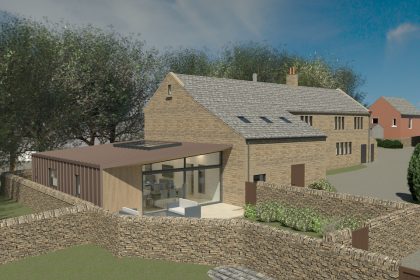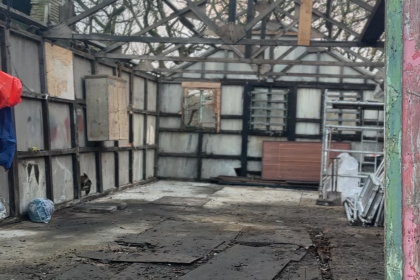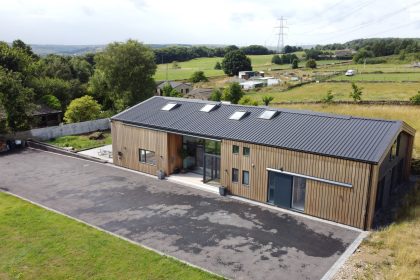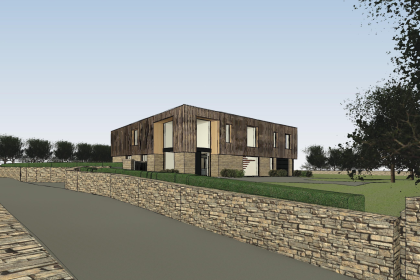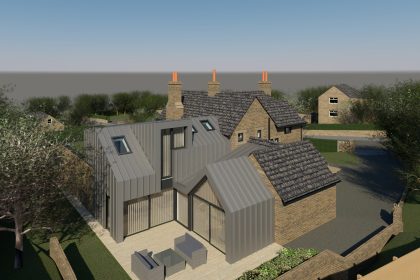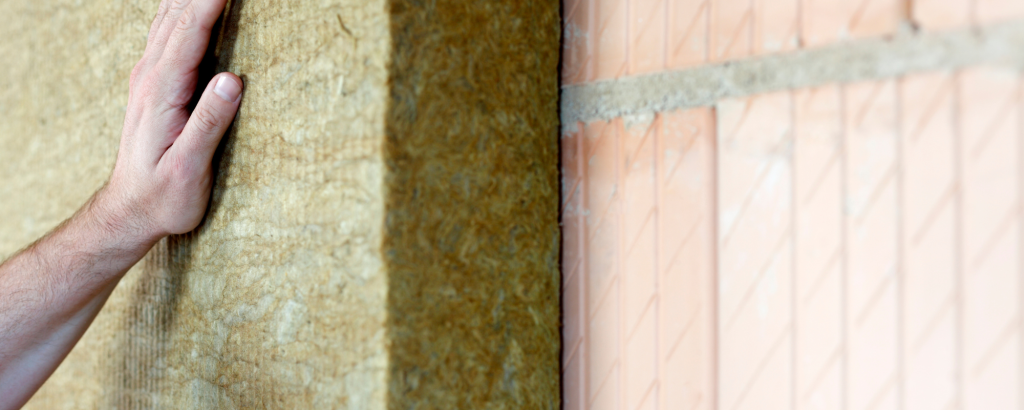 With so many options, how do you know you are making the right choice when it comes to insulation for your walls, floors or roof of your new build or extension?
With so many options, how do you know you are making the right choice when it comes to insulation for your walls, floors or roof of your new build or extension?
Firstly, to achieve the current thermal and acoustic performance requirements of Building Regulations, insulation must be correctly installed in all your main building elements – the walls, floors and the roof.
You may find suitable materials to use for all three, however, some materials are not suitable in certain locations and detailing, build-up and ventilation to avoid condensation are all important aspects to consider.
Other key considerations when choosing appropriate insulation are:
- Source – proprietary, recycled or natural materials?
- Embodied energy and carbon
- Cost
- Structural qualities
- Moisture resistance
- Thickness & U-value
- Noise reduction
- Heat retention
- Warm or Cold Roof
- Ventilation
Clearly different projects have different priorities, and often cost is the most important factor when it comes to choosing the preferred material in these days of continually rising material costs.
Types of insulation:
Plastic
PUR, PIR and polystyrene are plastics. These are popular types of insulation as they are cost-effective and usually thermally efficient at minimal thicknesses – allowing you to maintain maximum floorspace. In terms of sustainability – plastic is not great for the environment – it is a non-renewable resource and it’s combustible – releasing toxic gasses when burned. There are some types of structural insulated panels that can include plastic as a limited part of their construction, which can have benefits but these should be weighed up against other options. Adequate fire resistance properties of composite insulated cladding panels has also been at the forefront of specifiers’ minds in recent years, and so this is of course a very important consideration too.
Mineral Wool Insulation
This type of insulation is well known – particularly in loft spaces. It can be used in walls too in a more rigid form and generally needs to be a lot thicker than plastic materials. Mineral wool is inert and effective as a fire-stopping material and delivers a good acoustic performance.
Thinner High-Performance Insulations
There are now a number of thinner high-performance insulation products on the market which can provide higher U-values at very much reduced thicknesses, if space really is of the essence for all or part of your project in specific locations. These are usually much more expensive than standard insulations, but are certainly worth considering where space is limited.
Natural Insulation Products
If natural materials are a high priority for you, then you may wish to choose something that requires more minimal processing. These options can also lock up carbon and may be considered carbon-negative. They are good for breathable wall systems and can sometimes absorb moisture or pollutants to help create a cleaner and balanced internal living environment. Materials worth considering include:
- Recycled newspaper
- Wood wool
- Hemp
- Sheep’s wool
If you are choosing a timber frame construction method, it is usually easy to utilize any of the above and their use is becoming more common.
Costs are always a consideration of course and the less well-used forms of insulation are usually more expensive than standard off-the-shelf products, and often require more thought in terms of design detailing.
Other considerations when choosing your insulation:
Condensation
Condensation can be a real problem if vapour barriers and breather membranes are not designed or installed correctly, and it can also occur where additional insulation is introduced in the wrong place creating unexpected interstitial condensation issues.
Fabric First
In terms of energy conservation, we always advise that a “fabric first” approach, (i.e. maximizing the insulation levels in the buildings shell – external walls, roof and ground floor) and controlling the ventilation is the most environmentally sustainable way of conserving energy in any building.
This should always be considered first even before renewable energy solutions such as solar panels or ground/air source heat pumps are brought into the equation.
The reason is simply that maximising insulation in the external built fabric reduces your demand for energy down to a minimum (however your energy is generated), making insulation one of the most important factors in environmentally sustainable building.
If you’d like to discuss any of these aspects with us in relation to your project please do not hesitate to contact us.


